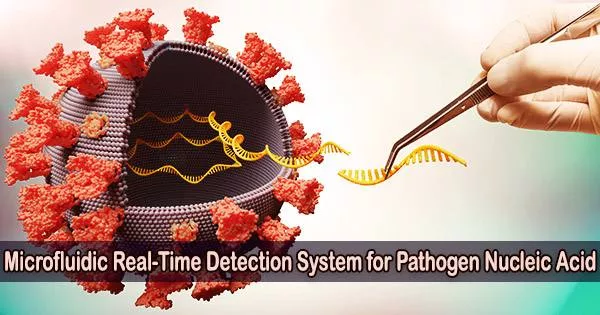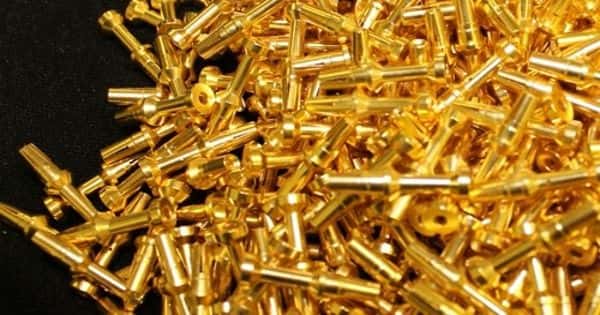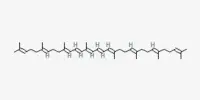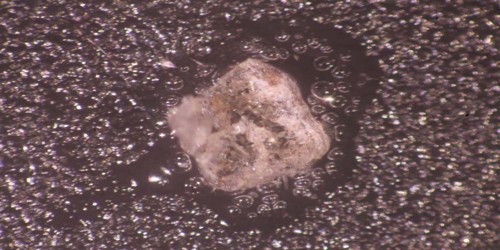The biomedical optics research team from the Chinese Academy of Sciences’ (CAS), Anhui Institute of Optics and Fine Mechanics and Hefei Institutes of Physical Science created a system for on-site instant detection of pathogen nucleic acid. Their research results were published in Analytica Chimica Acta.
Pathogen nucleic acid refers to the genetic material, either DNA or RNA, that is present in a pathogen. Pathogens are microorganisms such as bacteria, viruses, fungi, and parasites that cause diseases in humans, animals, and plants.
Microfluidic chips have been widely employed in pathogen nucleic acid detection. To adsorb nucleic acid, the chips frequently use magnetic beads or silica gel sheets with a high specific surface area, however this may result in more leftover fluid release agents and contaminants.
To achieve nucleic acid extraction and impurity cleaning, microfluidic chips must typically incorporate numerous reagent storage tubes and perform fluid control in conjunction with microvalves and micropumps. The intricate structure complicates the microfluidic chip preparation procedure and supporting detection equipment.
By analyzing the nucleic acid of a pathogen, researchers can identify the specific type of pathogen causing a disease, understand its genetic makeup and potential virulence factors, and develop targeted treatments and vaccines.
In this study, the researchers created a mobile kit (Mkit) comprised of a chitosan-modified minimalistic microfluidic chip (CM3-chip) and smartphone that enabled point-of-care testing of pathogen nucleic acid.
The lumen wall of CM3-chip was modified with chitosan. Under acidic pH conditions, the primary amine in chitosan (pKa = 6.2 to 7.0) was positively charged. The Hofmeister effect demonstrated that protonated amines were more likely than other ions to form electrostatic bonds with negatively charged nucleic acids.
Following nucleic acid enrichment, the CM3-chip may be amplified in situ. The entire detection process, including temperature control, image acquisition, data processing, and result analysis, was controlled by smartphones.
Mkit provides numerous advantages over previous technologies, including the absence of centrifugation, the absence of difficult cleaning, the absence of magnet attachment, and great sensitivity.
A series of biological investigations shown that the detection equipment is generally applicable, selective, and user-friendly, as well as capable of identifying respiratory infectious pathogens with identical clinical symptoms. Artificially prepared saliva samples of H5N6 and IAV infections were also detected by Mkit.
















